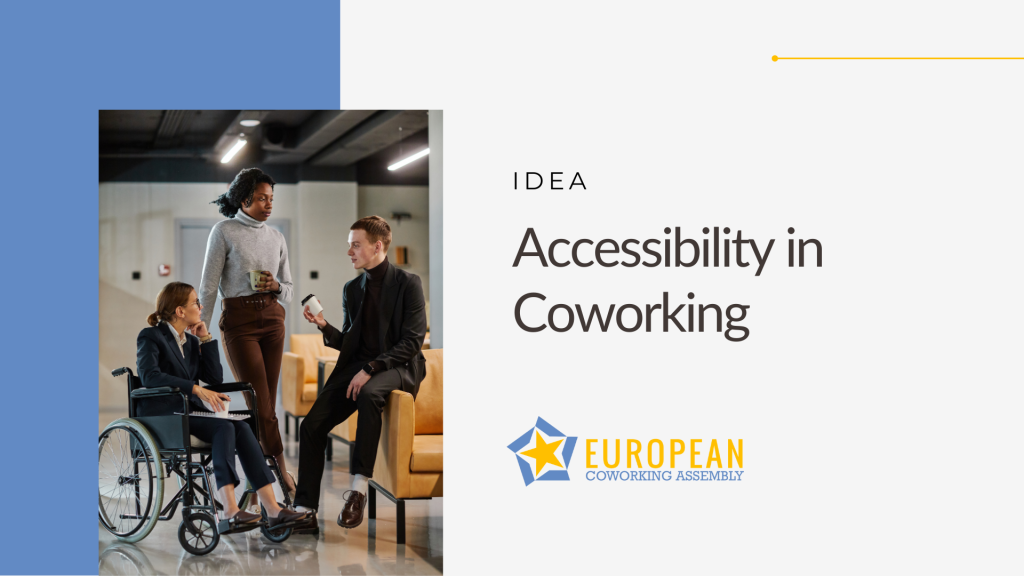When you hear the terms “diversity” and “inclusion” in coworking, do you ever think beyond the abstract? Do you consider physical differences and different abilities?
Our esteemed guests, Ivanne and David of Coworking IDEA Project imparted some valuable insights on how to move the needle on accessibility and inclusion in the workplace.
Define accessibility in coworking.
It’s important to recognize how most people define the term accessibility when it comes to coworking. When people think about accessibility, they mostly think about visible issues of accessibility such as vision loss, hearing loss, and wheelchair access. .
David noticed that during their monthly challenge they held, another prominent issue that came up was invisible disability and accessibility considerations.
These invisible disabilities include, but are not limited to dyslexia, dyscalculia, dyspraxia, and mental illnesses alike which can’t be seen with the naked eye. This leaves them with the task of finding ways to accommodate those and enhance their experience in the workplace and other shared spaces.
According to IvanneSo, there are many aspects of accessibility. For her, accessibility can be considered from a permanent point of view and also a temporary point of view—which is referred to as situational accessibility.
She also adds that there are hundreds of factors that can cause temporary impairment of one’s ability to access a room. An example of this is when you are carrying an object or a child and using one arm to try to push a door open. This makes you temporarily impaired, because once the object or child is no longer in your arms, you are free to open the door as you please.
What did you discover this month?
During the research for the project, David was made aware of the connection between the importance of accessibility and coworking in particular.
What stood out for Ivanne was the realization that one in seven people are neurodivergent, which makes it about 17% of the population.At the same time, Ivanne also stumbled upon a documentary on the French TV about women and healthcare, and how it’s more difficult for women to be diagnosed with neurodivergence.
What is neurodiversity?
Simply put, neurodiversity is an understanding that the brain has natural differences in how we process information. There is the neurotypical way which refers only to people who are more aligned with society’s normal expectations of how the brain works. The second type is neurodivergence which might identify people with mental differences such as dyslexia or autism.
These all fit under the umbrella of neurodiversity, which are natural differences that are found in the human brain. David likes to use the expression:“no person is broken but the system is broken” as a means to explain the phenomena of neurodiversity.
How can coworking space operators improve?
There are various ways to get involved and there are simple and impactful things that can be done. The team also has great resources online that people can access on the website.
Some really interesting ideas came up from the feedback from the challenge over in May, things like allocating spaces to particular things, for example, one might be making a quiet area. Quietness came up a lot during the conversation. The idea is to create a space for new moms or create a space where one can sit with their backs against the wall.
“These are not particularly challenging things to do, but they can have a huge impact on a space’s accessibility”, was David’s opinion about these spaces.
Closing thoughts and where to find them.
Ivanne closed off by expressing how she believes that accessibility is an ingredient for building a community canvas, and it starts from the onboarding of members. This is a conducive playground for creativity and for empowerment to design the visible and invisible solutions.
David can be found on LinkedIn and Twitter as David O’Coimin and for more information on his product Nook, visit nookpod.com.
Ivanne is Ivanne Poussier on LinkedIn. Also have a look at the coworkingidea.org website where you find more information about the challenge. For those eager to know more about ADA Coworking, they can visit the website at ADA Coworking

